Are you about to embark on a business venture as a beauty salon owner?
Do you have a good understanding of ‘a salon-opening checklist’?
Starting a salon can be an exciting and rewarding venture for those passionate about the beauty industry. But, it can also be a daunting task, with many considerations to keep in mind.

In this article, we'll provide a comprehensive guide on how to open a salon, covering everything from finding the right location and equipment to creating a marketing plan and providing excellent customer service.
Whether you're a seasoned beauty professional or a newcomer to the industry, this guide will help you navigate the process of starting your own salon and ensure your success.
So, let's dive in and explore the world of salon ownership together!

Developing a business plan is a critical step when starting a salon.
A proper plan is essential to survive in this rapidly growing business landscape.
This plan serves as the foundation for your business, outlining your vision, mission, and goals, as well as the strategies you will use to achieve them.
A well-developed business plan can help you secure financing, attract clients, and stay on track as you grow your salon.
To develop your business plan, you will need to begin with research.
Your research should analyze the target market, competition, and industry trends.
By understanding your target market and the services they desire, you can tailor your salon's offerings to meet their needs.
Additionally, by researching your competition, you can identify gaps in the market and opportunities to differentiate your salon.
Discover more on how to do market research for a business plan successfully
Once you have completed your research, you can begin to develop your plan.
For example, how much does it cost to open a salon?
You need to have a good knowledge of this through your research and accordingly you could plan your venture. This plan should include your salon's mission statement, a description of your services, pricing strategy, and marketing plan.
It should also outline your financial projections, including startup costs, operating expenses, and revenue expectations.
Your business plan should be comprehensive and well organized and should clearly communicate your vision for your salon. It should also be flexible, allowing you to adjust strategies based on market changes or other factors.
Here is a sample business plan based on the structure we discussed under section 2.
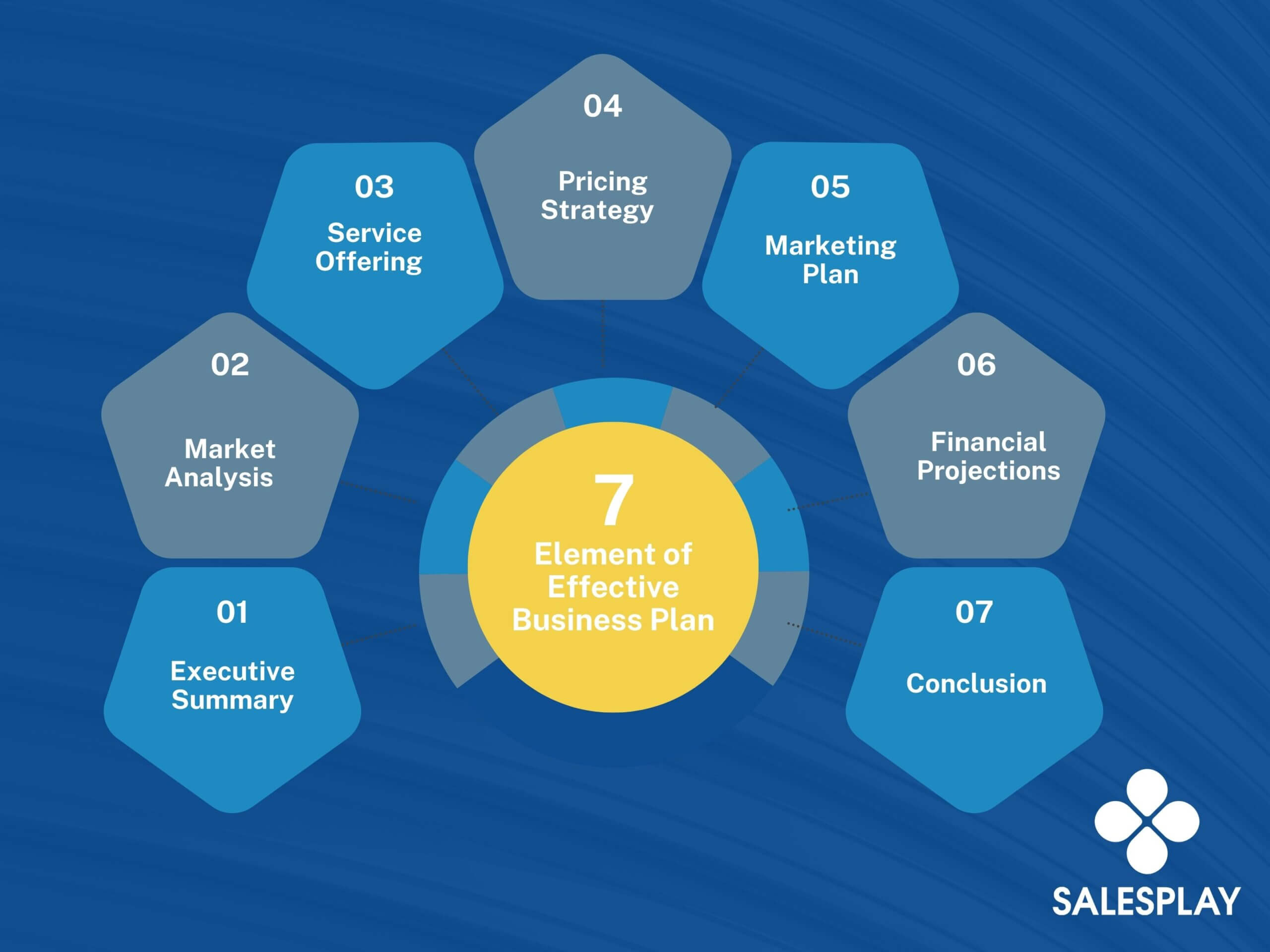
“Luminous Looks” is a new salon located in Cleveland, Ohio.
Our mission is to provide high-quality beauty services to men and women in the local community.
We offer a range of services including haircuts, styling, coloring, and makeup application. Our goal is to become the go-to salon in the area, providing exceptional service at competitive prices.
Our target market consists of men and women between the ages of 18 and 60 who are interested in quality beauty services.
We will target working professionals, stay-at-home parents, and students. We have identified our primary competitors to be “Salon La Passion” and “Modern Looks”.
Our plan is to differentiate ourselves from these competitors by offering a wider range of services and a more personalized experience.
"Luminous Looks " will offer a range of services, including haircuts, styling, coloring, and makeup application.

We will also offer additional services such as manicures, pedicures, and waxing. Our stylists will be highly trained and experienced, and we will use only high-quality products in our services.
Trends like ‘glass skin’ and minimalist beauty are gaining popularity in 2025 in this industry. You are free to include something trending like this in your offering lists.
Our pricing strategy will be competitive with other salons in the area. We will offer package deals and discounts for repeat customers. We will also offer a loyalty program to incentivize repeat business.
Here are some different pricing strategies you can use in your new salon business.
Our marketing plan will include social media advertising, local print advertising, and email marketing.
We will also offer promotions to new customers to encourage them to try our services. Participating in local events and sponsoring community programs will help build brand awareness.
Our startup costs will include equipment purchases, leasehold improvements, and initial inventory.
We anticipate a monthly operating expense of approximately USD 22,000. Our projected monthly revenue is approximately USD 5,000, expected to grow to USD 34,000 by the end of our first year in business.
We expect a net profit margin of 12% by the end of our first year.
Luminous Looks is well-positioned to become a leading salon in Cleveland, Ohio.
Our commitment to quality service, competitive pricing, and personalized experiences will set us apart from our competitors.
We look forward to serving the beauty needs of our community and growing our business in the years to come with enthusiasm.
Explore this comprehensive salon business plan for in-depth guidance on launching your salon. Plus, access a sample business plan to get started with confidence
Choosing the right location and space for your salon is a critical factor in its success.
The location and space you select will determine your salon's visibility, accessibility, and appeal to potential clients.
Therefore, it is important to consider several factors when making this decision.
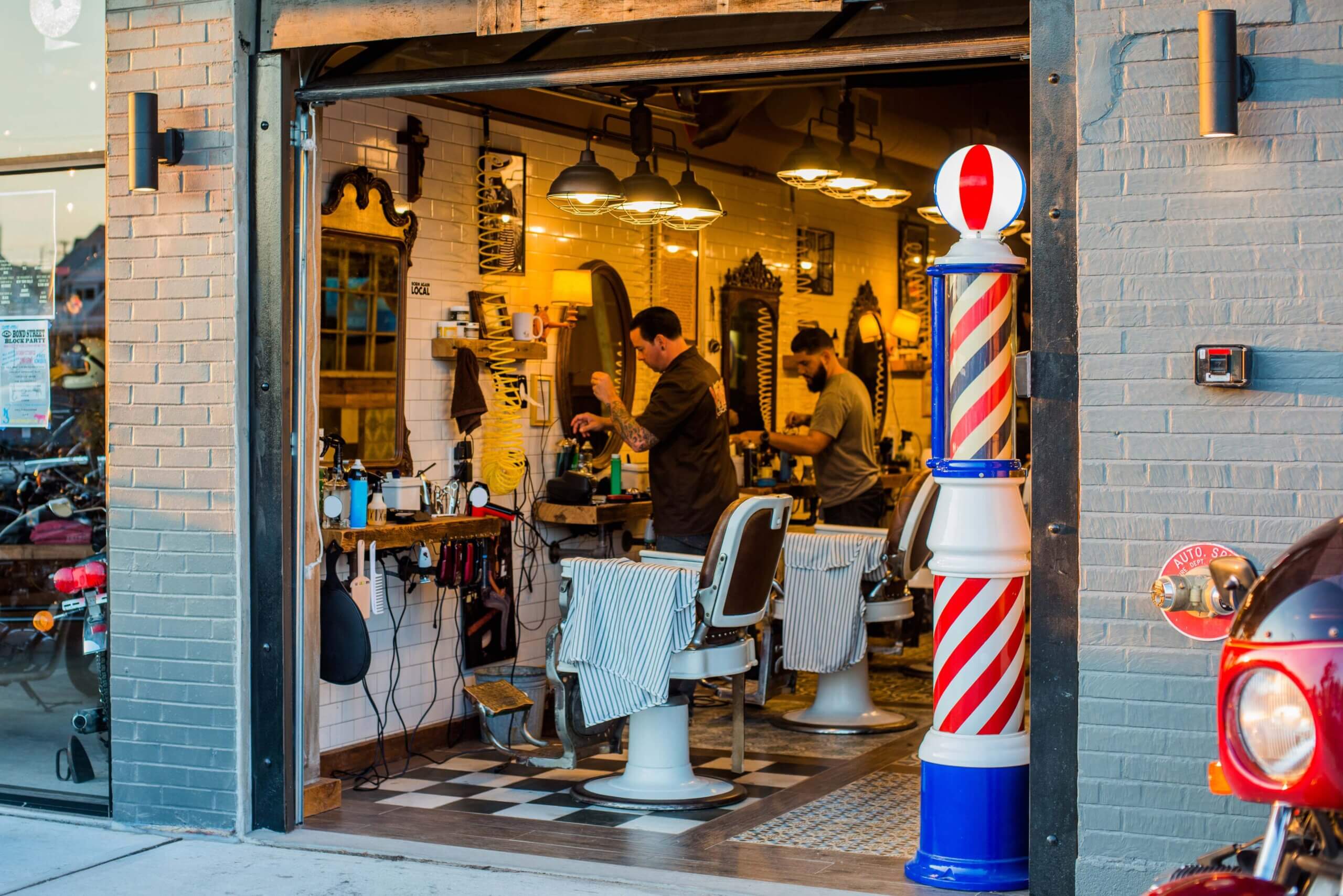
For example, Avoid choosing a location with limited parking. That is because customers usually spend much time inside a salon and parking will matter.
One of the first factors to consider when selecting a location is foot traffic.
You want your salon to be located in an area with high foot traffic, such as a busy street or shopping center.
This will increase your salon's visibility and make it easier for potential clients to find you.
Accessibility is also important.
Your salon should be easily accessible by car or public transportation. If your salon is located in a hard-to-reach area, this may make it difficult for clients to get to your salon, and may deter them from visiting.
In addition to these factors, you should also consider the layout and size of your salon space.
You will need to ensure that your salon has enough space to accommodate all of your equipment, as well as a waiting area and reception desk.
You should also consider the layout of the space and how it will impact the flow of clients and staff. Conduct research before deciding on the layout and decor that align with your salon’s theme. you will see most of the salons try to express something unique about them with this layout.
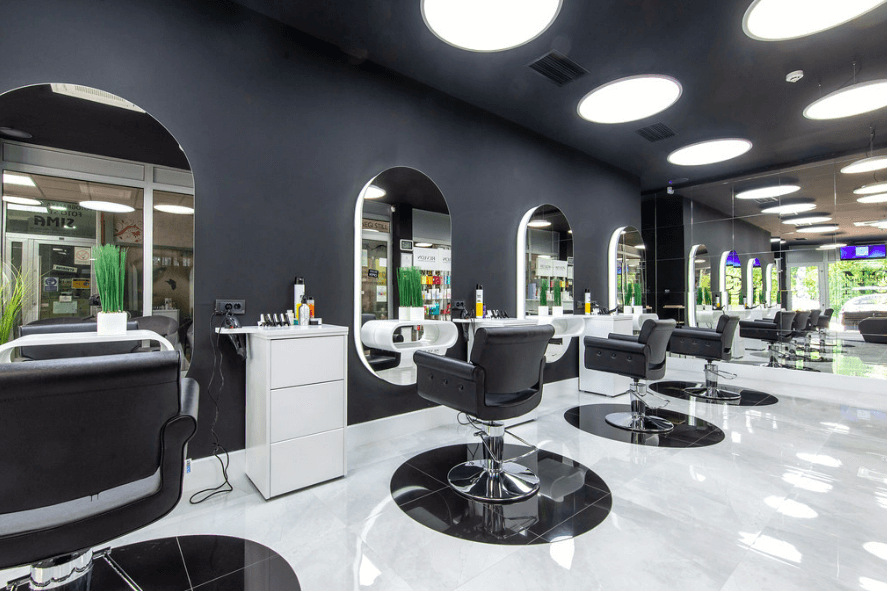
Some salon owners highlight their hair cutting skills while others point out make-up skills. It is up to you what makes your decoration stand out from the competition.
Finally, you should consider the lease terms and costs associated with the space you select.
You will need to negotiate lease terms that are favorable to your business, such as a reasonable rent and lease length.
Overall, choosing the right location and space for your salon is a crucial factor in its success.
By considering factors such as foot traffic, parking, accessibility, layout, and lease terms, you can select a location that will help your salon thrive.
Discover the Ultimate Guide to Choosing the Perfect Location for Your Salon or Spa: 21 Essential Steps to Success.
The equipment and supplies you choose for your salon can have a significant impact on the quality of your services and the overall success of your business.
Therefore, it is important to carefully consider the equipment and supplies you will need and to invest in high-quality, reliable products.
One of the most important pieces of equipment you will need is a salon chair.
A comfortable, adjustable chair will allow your clients to relax and enjoy their services, while also providing a comfortable working space for your staff.
You will also need a styling station, which should include a mirror, storage space for tools and products, and adequate lighting.
In addition to these essential items, you will need a range of tools and supplies, such as hair dryers, curling irons, and flat irons.
You will also need hair products, such as shampoo, conditioner, and styling products, as well as nail care products, such as polish, remover, and nail files.
When choosing equipment and supplies, it is important to consider factors such as durability, reliability, and cost.
You should look for products that are made from high-quality materials and are designed to withstand the demands of daily use.
Additionally, you should choose products from reputable suppliers and manufacturers, who can offer warranties and support in the event of any issues.
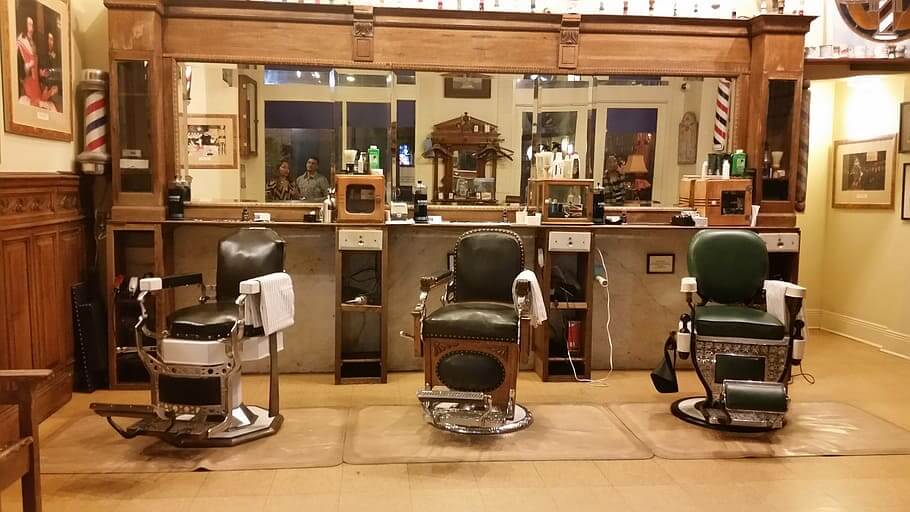
In addition to these considerations, you should also think about the layout of your salon and how it will impact the equipment and supplies you need.
For example, if you plan to offer spa services, you may need additional equipment, such as a massage table or hot towel cabinet.
By investing in high-quality and considering factors such as durability, reliability, and cost, you can ensure that your salon is well-equipped to provide excellent services to your clients.
What licenses do you need to open a salon?
When starting a salon, it is important to be aware of the various licensing and regulations that govern the industry.
Failure to comply with these regulations can result in fines, legal issues, and damage to your salon's reputation. Therefore, it is crucial to understand the requirements and ensure that your salon is fully licensed and in compliance with all applicable regulations.
One of the first steps in obtaining a salon license is to check with your state's board of cosmetology.
They will provide you with information on the requirements for obtaining a license, which typically include completing a training program and passing a state board exam.
You may also need to obtain a business license and register your salon with the state.

In addition to licensing requirements, there are also regulations that govern the operation of salons.
These regulations cover a range of issues, including sanitation, safety, and the use of chemicals. For example, you may be required to maintain a certain level of cleanliness in your salon, use only approved chemicals and products, and provide proper ventilation to protect your staff and clients from fumes.
Other regulations that may apply to your salon include those related to employment, such as minimum wage and overtime laws, as well as those related to advertising and marketing.
Awareness and compliance with these regulations are essential to avoid legal issues and protect your reputation.
Delve into the essential regulations and requirements for opening a salon: everything you need to know for a smooth start.
When it comes to starting a salon, hiring and training staff is a critical factor in its success.
What qualifications do you need to open a salon?
What do you expect from the staff?
The quality of service provided by your staff can directly impact your salon's reputation and the loyalty of your clients.

Therefore, it is essential to carefully consider your staffing needs, and to invest time and resources in recruiting, hiring, and training the right team.
The first step in hiring staff is to determine your staffing needs based on the services you plan to offer and the size of your salon.
You will need to decide on the number and types of staff you require, such as hairstylists, nail technicians, estheticians, and receptionists.
Once you have determined your staffing needs, it's time to begin the recruitment process. There are various methods of recruitment, including online job postings, classified ads, and referrals from other professionals in the industry.
It is important to create a job description that outlines the qualifications and experience you are seeking in a candidate.
When interviewing candidates, it is important to ask the right questions to assess their skills, experience, and fit for your salon.
Look for candidates who have a passion for the industry, are reliable and trustworthy, and have excellent customer service skills.
Once you have hired your staff, it's time to begin training them.
Training should cover a range of topics, including salon policies and procedures, customer service, product knowledge, and technical skills.
It is important to provide ongoing training to ensure that your staff stays up to date with the latest trends and techniques in the industry.
In addition to training, it is important to provide your staff with a positive work environment that fosters growth, development, and teamwork. Encourage open communication and feedback . Also recognize and reward your staff for their hard work and achievements.
Hiring and training staff is a critical factor in the success of your salon.
By carefully considering your staffing needs, recruiting the right candidates, providing comprehensive training, and fostering a positive work environment, you can build a team that provides exceptional service and helps your salon thrive.
Discover proven strategies for finding and recruiting top-talent stylists for your salon.
Marketing and promotion are essential components of any successful salon business.
Effective marketing strategies can help you attract new clients, build brand awareness, and differentiate your salon from competitors.
Here are some key areas to focus on when developing your marketing and promotion plan.
The first step in developing a marketing plan is to identify your target market.
Who are your ideal clients? What are their demographics? What preferences and needs do they have?
Understanding your target market will help you develop messaging that resonates with them and enables you to reach them through the right channels.
We have created a sample target market which will help you to understand this process better.
Here is a sample target market based on guidelines given under the “Marketing and Promotions” section.
Note that this target market is different from the target market taken in the sample business plan.
“Our target market is women aged 25 to 45 who live in urban areas and have a disposable income. They are career-oriented, busy professionals who value self-care and are willing to spend money on high-quality beauty services.
Our ideal clients are primarily women, aged 25 to 45, who are employed in a professional setting. They are likely to have a college education and a household income of at least $60,000 per year.
They may be married or single and may or may not have children.
Our target market values high-quality beauty services that are personalized to their individual needs. They appreciate a relaxing and comfortable atmosphere, excellent customer service, and modern facilities. They are also interested in the latest beauty trends and products and are willing to try new services and techniques.
Our target market is looking for a salon that can provide a range of services, including haircuts, styling, coloring, and treatments.
They also value skincare and may be interested in facials, waxing, and other beauty treatments. Our target market wants a salon that can provide a relaxing and rejuvenating experience that helps them feel confident and beautiful.
They are also interested in booking appointments easily and conveniently, either online or over the phone.”
Your salon's brand identity is a combination of your salon's
It is important to develop a brand identity that reflects your salon's unique personality and positioning in the market.
This will help you differentiate your salon from competitors and create a memorable brand image in the minds of potential clients.
This example covers the main aspects of a brand identity.
Salon Name: Luminous Looks
The logo features a stylized hair strand with a sunburst effect, representing the salon's focus on creating beautiful, radiant hair. The text "Luminous Looks" is written in a modern and clean font, reflecting the salon's commitment to quality and innovation.
The primary colors used in the brand identity are gold and white, representing luxury, elegance, and sophistication. The sunburst effect in the logo is also depicted in shades of yellow and orange, creating a warm and welcoming feel.
Luminous Looks is a salon that focuses on creating stunning hair that radiates health and beauty. Our messaging emphasizes our commitment to using the highest quality products and techniques to achieve this goal. We also emphasize our personalized approach to hair care, ensuring that each client receives individual attention and a unique experience.
By developing a brand identity that reflects Luminous Looks' focus on quality, luxury, and personalized attention, we can differentiate ourselves from competitors and create a memorable brand image in the minds of potential clients. The logo, colors, and messaging work together to communicate the salon's unique personality and positioning in the market.
In today's digital age, having a strong online presence is essential for any business.
Make sure your salon has a website that is user-friendly, visually appealing, and provides all the necessary information potential clients need, such as services, prices, and location.
Consider creating social media profiles on platforms such as Instagram and Facebook to showcase your work, promote special offers, and engage with clients.
Here is how a hair stylist in California used social media to get traction to his salon.
Offering promotions and incentives is a great way to attract new clients and retain existing ones.
Consider offering discounts or special packages for new clients, loyalty programs for repeat clients, and referral incentives for clients who refer new business to your salon.
Partnering with other businesses in your local community can help you expand your reach and build relationships with potential clients.
Consider partnering with bridal shops, clothing boutiques, or event planners to offer services to their clients or co-hosting events with them.
Industry events, such as trade shows and conferences, can help you stay up to date with the latest trends and techniques in the industry.
It also provides opportunities to network with other professionals in the industry and learn about new products and services.
In summary, marketing and promotion are critical components of any successful salon business.
By identifying your target market, developing a brand identity, building an online presence, offering promotions and incentives, partnering with other businesses, and attending industry events, you can create a marketing plan that helps your salon stand out and attract new clients.
Discover powerful strategies to promote your salon business — without relying on discounts!
Financial management is a crucial aspect of running a successful salon business.
Proper financial management helps you stay organized, make informed decisions, and ensure your salon remains profitable.
Here are some key areas to focus on when managing your salon's finances.
Budgeting and forecasting are essential components of financial management.
A budget helps you plan your expenses and revenues, while forecasting anticipates future financial outcomes.
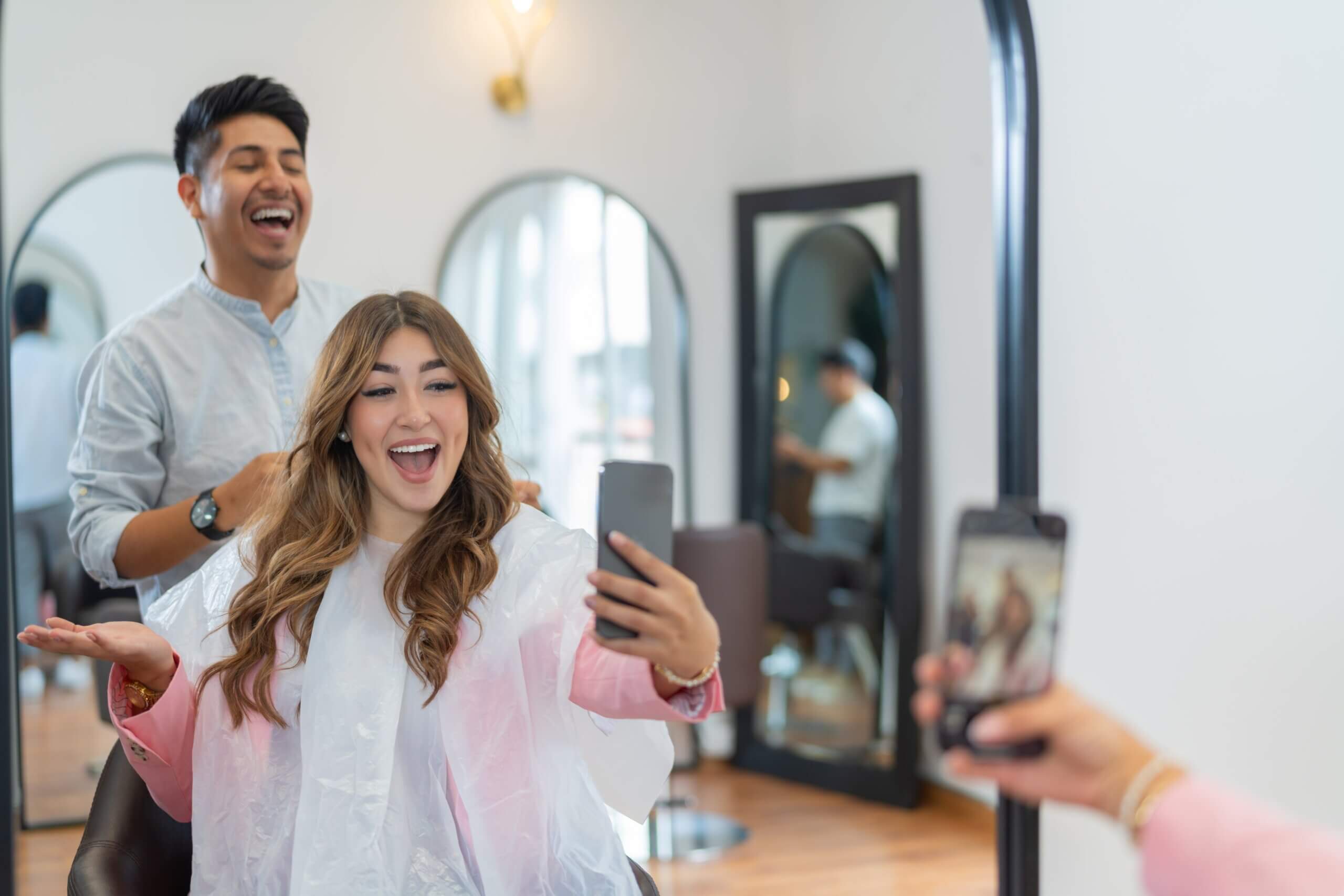
By setting a budget and forecasting revenue and expenses, you can better manage cash flow and make informed decisions about investments and expenditures.
Controlling expenses is crucial to maintaining a profitable salon business.
Regularly reviewing expenses and identifying areas where costs can be reduced can help you keep expenses under control.
Consider negotiating with suppliers to lower costs or finding alternative suppliers to reduce expenses.
Setting the right prices for your services is critical to your salon's profitability.
Ensure your prices are competitive within the market while still allowing you to generate a profit.
Consider offering premium services at a higher price point to increase revenue.
Here are some sample pricing strategies for you to consider when developing a pricing strategy for your business

Pricing This involves adding a markup to the cost of the products used in the service to determine the final price. For example, if the cost of a hair coloring product is $10 and the salon adds a 50% markup, the final price would be $15.
This pricing strategy involves setting prices based on the perceived value of the service to the customer. For example, a salon might charge a premium for a new, cutting-edge hair coloring technique that is in high demand.
This strategy involves setting prices based on the prices charged by competitors. For example, a salon might offer lower prices than competitors to attract price-sensitive customers.
This involves offering a package deal where multiple services are bundled together at a discounted price. For example, a salon might offer a package deal that includes a haircut, styling, and coloring at a discounted price.
This involves adjusting prices based on seasonal demand.
For example, a salon might offer lower prices during slower seasons to attract more customers, and higher prices during peak seasons when demand is higher.
These pricing strategies can be used individually or in combination to help a salon set competitive prices and increase revenue. It is important to carefully consider the costs involved and the impact on customer demand when choosing a pricing strategy.
Also, you have noticed that during Christmas period, women mostly go for red colored make-overs including lipstick, nail art and eye make-up. You will have to have them in your stocks already.
Tracking financial performance is essential for assessing your business’s health.
Regularly reviewing financial reports such as profit and loss statements, balance sheets, and cash flow statements can help you identify trends and make informed decisions about your salon's financial future.
If you need financing to start or expand your salon business, consider seeking out small business loans, grants, or investors.
Ensure you understand the terms and conditions of any financing or investment agreement and that you have a solid plan in place to repay any borrowed funds.
Proper accounting and record-keeping are crucial to managing your salon's finances effectively.
Keep detailed records of all transactions, including expenses, revenues, and invoices. Consider using accounting software to streamline the process and ensure accuracy.
By focusing on,
You can ensure your salon remains profitable and financially healthy for years to come.
Let’s dive into essential financial management strategies for salons to boost profitability and ensure long-term success
Customer service is a vital component of any successful salon business.
Providing excellent customer service can help you build a loyal customer base, generate positive word-of-mouth marketing, and ultimately grow your business.
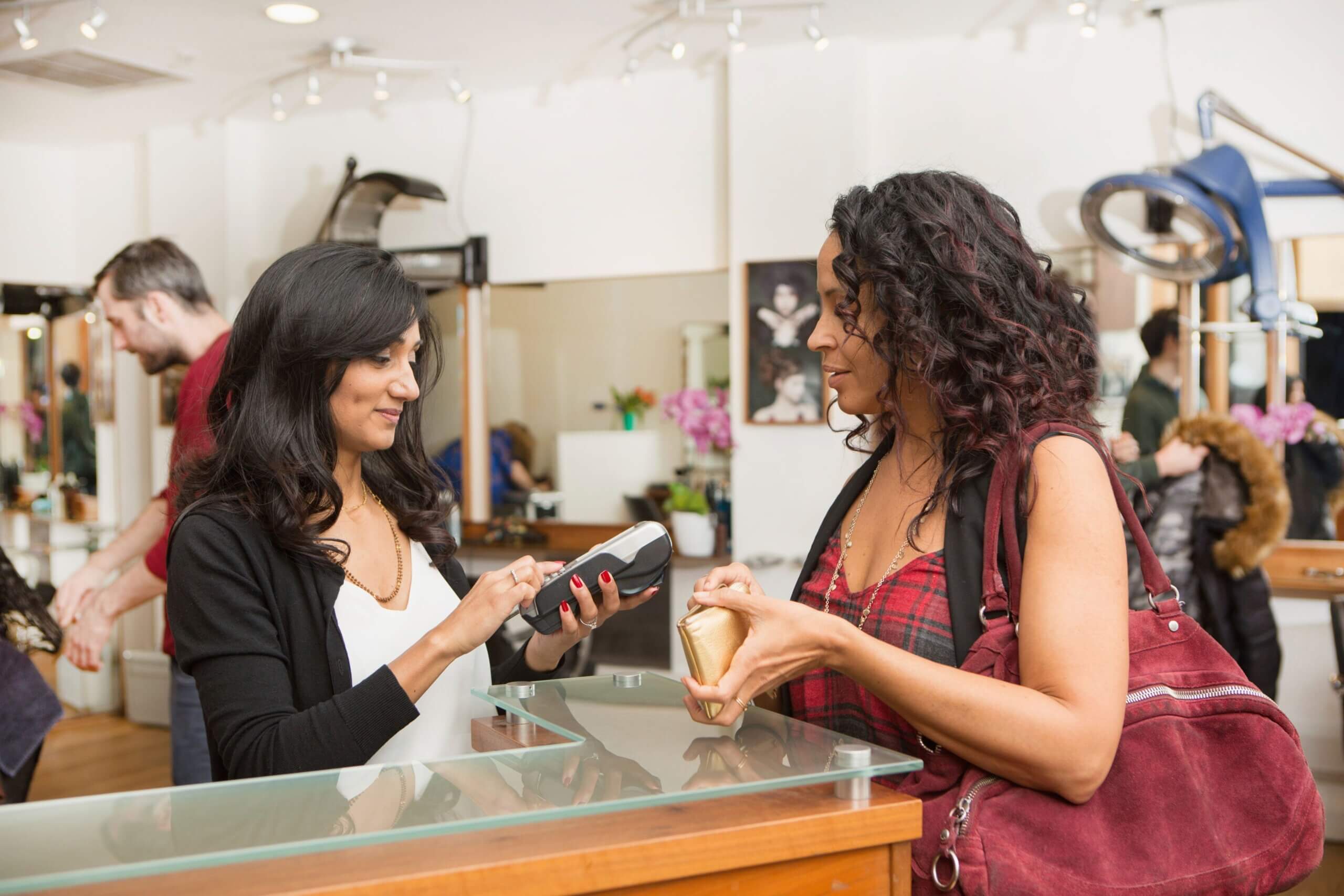
Here are some key strategies for providing exceptional customer service in your salon.
Ensure your staff is knowledgeable about your products and services, and that they are friendly, attentive, and responsive to customer needs.
Consider Provide ongoing training to ensure your staff is up to date with the latest trends and techniques.
Creating a welcoming environment is critical to providing excellent customer service.
Ensure your salon is clean, comfortable, and well-lit, with pleasant music and aromas. Offer refreshments such as coffee or tea, and make sure your staff greets each customer warmly and promptly.
Encourage customers to provide feedback through surveys or comment cards and be responsive to their concerns.
Use customer feedback to identify areas where you can improve and make changes accordingly.
Personalizing the customer experience can help build loyalty and generate repeat business.
Get to know your customers by using their names, asking about their preferences, and providing customized recommendations based on their needs.
When issues arise, it's essential to resolve them quickly and effectively.
Train your staff to handle complaints professionally and empower them to make decisions that will resolve the issue to the customer's satisfaction.
Showing appreciation for your customers can help build loyalty and generate positive word-of-mouth marketing.
Consider offering loyalty programs, special promotions, or personalized gifts to show your customers how much you value their business.
Strategies to implement to build a loyal customer base
Explore 6 effective ways to elevate customer service in your salon for an unforgettable experience
As you can see it’s not easy to kick off a salon business. But if you have the right strategies in your hand, it will not be that complicated too. Proper planning and taking necessary actions at the right time will lead you to achieve your business goals in the future for sure.
Here is a useful article on some key mistakes you should avoid when starting a salon.
1 .How much does it cost to open a new salon?
On average, the price tag can range from $50,000 to $200,000, depending on the salon’s size, location, and the services you plan to offer. Here’s a quick breakdown:
Remember, costs vary, so budgeting carefully will help bring your salon dreams to life without stress!
2. Is owning a salon profitable?
Owning a salon can definitely be profitable! With good management, many salon owners see profits between $50,000 and $100,000 annually. The key to profitability lies in building a loyal client base, offering popular services, and even adding retail products like shampoos and styling tools.
Location plays a big role—being in a high-traffic area means more potential walk-ins. Skilled, friendly stylists also help attract repeat customers, which boosts steady income. Keeping up with trends and offering unique treatments can set your salon apart.
3. Is it hard to open up a salon?
Opening a salon isn’t necessarily hard, but it does require careful planning, a budget, and plenty of patience! One of the first steps is finding the right location, which can be tricky—it needs to be accessible, visible, and appealing to your target customers.
Then there’s the licensing process. You’ll need permits, a business license, and, in some areas, cosmetology licenses for your staff. Getting these can take time, but it’s all part of making your salon legit.
Outfitting the salon with chairs, mirrors, wash stations, and supplies can also be a big task. But the effort pays off when everything comes together, creating a stylish and comfortable space for clients.
4. How much capital to start a salon?
Starting a salon requires careful planning and budgeting. Generally, you'll need around $50,000 to $100,000 to cover essentials like rent, equipment, and products. Location is key—urban areas might need more investment than suburban spots.
Budgeting for interior design, chairs, mirrors, and styling tools is crucial. Don’t forget licenses, marketing, and utilities! If you’re thinking of adding more advanced services, like skincare or massages, costs could increase. Keep some funds aside for unexpected expenses. With good planning, your dream salon can get off to a fantastic start!
5. What are the threats of a salon business?
One major threat is high competition—new salons are popping up everywhere. Economic downturns can also impact client spending, leading to fewer appointments. Rising costs for quality products and skilled staff can squeeze profits.
There’s also the risk of changing trends; what's popular today might fade fast. Customer loyalty is tricky too, as clients might try other places for variety.
6. What skills do you need to run a salon business?
Running a salon requires a mix of creative and business skills. You need a good eye for trends and styles, plus excellent customer service. Managing a team of stylists or beauticians requires leadership and communication skills.
Financial knowledge is crucial for budgeting and pricing services effectively. Marketing skills help you attract new clients and keep regulars coming back.
Organizational abilities are key for managing appointments, inventory, and daily operations. A bit of patience goes a long way too running a salon is all about creating a positive experience for both staff and clients!
7. What to consider when starting a salon?
Choose a spot with good foot traffic and visibility. Think about your target audience and services—will you focus on hair, nails, or beauty?
Budgeting is important too; factor in costs like rent, equipment, and supplies. Don't forget about hiring skilled staff and fostering a great work environment.
Branding and marketing help you stand out, so develop a catchy name and a strong online presence. Lastly, make sure to stay up to date with trends and offer exceptional customer service—happy clients are the best way to grow your business!